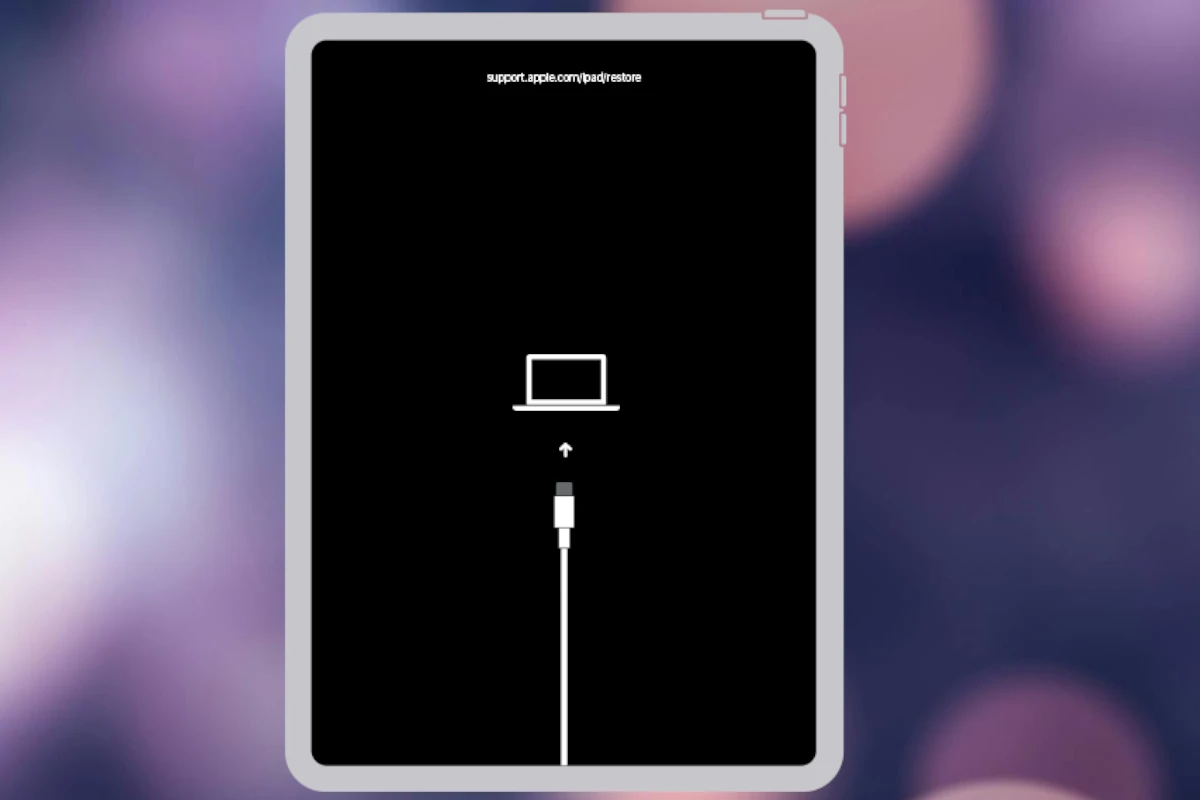If your iPad is acting up by repeatedly turning on and off, it’s frustrating and disruptive. This common issue can be caused by several factors, such as a failing battery, software glitches, or corrupted firmware. To immediately stop the cycle, try a forced restart by holding the top button and the Home button simultaneously until the Apple logo appears. This simple step can often resolve minor issues.
Not only can this problem interrupt your daily tasks, but it could also signify deeper issues that need addressing. Sometimes, the iPad might need a software update or even a factory reset to fully stabilize it. If the issue persists, you may need to consult a professional or visit an Apple Store for further diagnosis.
Understanding the root causes can help in finding the right solution. Examining whether it’s a hardware or software problem is key. Always start with the basics, like checking for updates and performing restarts, before moving on to more advanced fixes.
How To Fix an iPad That Keeps Turning On and Off
If your iPad keeps turning on and off by itself, you’re likely dealing with a software glitch, hardware issue, or something in between. This guide walks you through all the steps you can take to diagnose and fix the problem.
1. Force Restart Your iPad
A force restart is the first step to clear temporary software issues.
For iPads without a Home Button:
- Quickly press and release the Volume Up button.
- Quickly press and release the Volume Down button.
- Press and hold the Top button until the Apple logo appears.
For iPads with a Home Button:
- Press and hold both the Home button and the Top (or Side) button at the same time.
- Keep holding until you see the Apple logo.
2. Update iPadOS
Outdated software can cause instability. Check for updates:
- Go to Settings > General > Software Update
- If an update is available, tap Download and Install
Make sure your iPad has at least 50% battery or is plugged in before updating.
3. Check Battery Health (Signs of a Bad Battery)
A worn-out or failing battery may cause your iPad to reboot repeatedly. Apple doesn’t show battery health on iPadOS, but you might notice:
- Sudden drops in battery percentage
- iPad turning off with 20% or more battery left
- The device gets warm frequently
If you suspect a failing battery, contact Apple Support or visit an authorized service provider.
4. Remove Problematic Apps
If the issue started after installing a new app:
- Try deleting that app to see if the problem stops.
- Go to Settings > Battery to check for apps using unusual amounts of power.
5. Free Up Storage Space
Low storage can cause system instability:
- Go to Settings > General > iPad Storage
- Delete unused apps, offload old data, or transfer media to iCloud or an external drive
Aim to keep at least 1–2GB free at all times.
6. Reset All Settings
This won’t delete your data but will reset things like Wi-Fi passwords and display settings:
- Go to Settings > General > Transfer or Reset iPad > Reset > Reset All Settings
7. Restore Using a Computer (Factory Reset)
If nothing else works, you can do a full restore using Finder or iTunes:
- Back up your iPad first.
- Connect your iPad to a Mac or PC.
- Open Finder (macOS Catalina and later) or iTunes (Windows or older macOS).
- Select your device and choose Restore iPad.
- Follow the prompts to reinstall iPadOS.
You can restore your backup afterward, but if the issue continues, try setting it up as new to rule out corrupted data.
8. Check for Hardware Issues
If your iPad still keeps rebooting:
- Inspect the power button – is it stuck or triggering randomly?
- Check the charging port – debris or a faulty connection could cause power cycling.
- Try a different charging cable and adapter.
9. Contact Apple Support
If you’ve tried all the steps above and your iPad still won’t behave, it may have a logic board issue, power controller fault, or other internal hardware failure. Visit an Apple Store or authorized repair center for a diagnostic.
Tip: If your iPad is under warranty or covered by AppleCare+, repairs may be free or discounted. Check your coverage at checkcoverage.apple.com.
Key Takeways
- Immediate fix: perform a forced restart
- Check for software updates and consider a factory reset
- Persistent issues may require professional help
Diagnosing the Issue
When your iPad keeps turning on and off, it can be frustrating. This section will help you identify common symptoms, troubleshoot software issues, and assess hardware problems.
Identifying Common Symptoms
First, look at what is happening with your iPad. Common symptoms include the device turning on and off randomly, showing the Apple logo without progressing, or crashing to a black screen. Sometimes it may reboot in a loop. Pay attention if the device gets hot, as overheating could point to a battery problem. Knowing these symptoms helps narrow down the causes.
Software Troubleshooting Steps
Software issues often cause an iPad to shut down unexpectedly. Start with a force restart. If it has a Home button, press and hold both the Power and Home buttons until the Apple logo appears. For newer models, press and release the Volume Up button, then do the same with the Volume Down button, and hold the Power button.
Check if a software update is needed. Go to Settings > General > Software Update. Confirm your iPad has the latest version. Sometimes old software can cause glitches.
Resetting the device settings might resolve the problem. Navigate to Settings > General > Reset > Reset All Settings. This step won’t delete your data but will reset system preferences.
Hardware Assessment and Solutions
If software steps don’t help, the issue might be hardware-related. Start by checking the iPad’s battery health. Connect to a power source and see if the problem persists. If your iPad shuts down even while charging, the battery could be failing. You may need to visit an Apple Store for a battery replacement.
Inspect the charging cable and adapter. Damaged cables can cause power issues. Try using a different charger to rule this out.
If the device is overheating, ensure it’s not exposed to high temperatures or overuse. Excessive heat can damage internal components. If the temperature seems normal and the problem remains, the issue might require professional repair.







